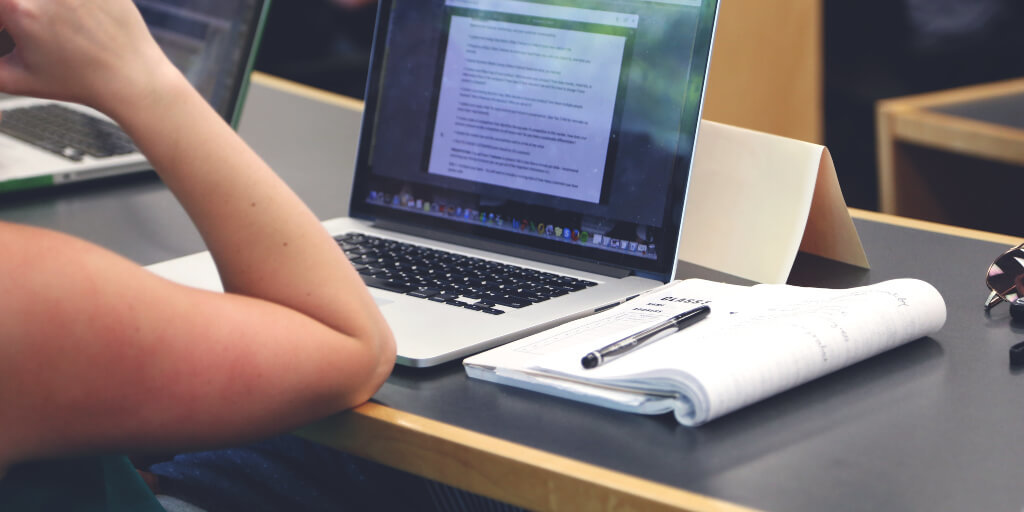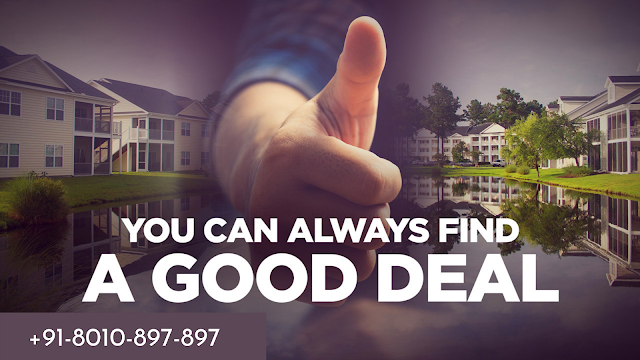Budget-Friendly DSLR Cameras for Beginners A Comprehensive Guide
Photography is a captivating art form that allows you to capture and share moments, perspectives, and stories. If you're new to photography and eager to explore this creative world, a DSLR (Digital Single Lens Reflex) camera is an excellent choice. DSLR cameras offer versatility, manual control, and high-quality images, making them ideal for beginners looking to develop their photography skills. In this guide, we will explore the best budget-friendly DSLR cameras for beginners, key features to consider, recommended lenses and accessories, and tips to kickstart your photography journey.
Why Choose a DSLR Camera for Beginners
Choosing a DSLR camera as your entry point into photography offers several advantages:
Image Quality: DSLRs capture high-resolution images with excellent color depth and detail.
Manual Control: DSLRs provide full manual control over settings like aperture, shutter speed, and ISO, allowing you to learn and experiment with photography techniques.
Interchangeable Lenses: DSLRs allow you to swap lenses, enabling you to adapt to different shooting situations and achieve various creative effects.
Viewfinder: DSLRs typically feature optical viewfinders that provide a clear and accurate representation of your subject, making it easier to compose shots.
Durability: DSLRs are built to withstand the rigors of photography and offer long-lasting performance.
Key Features to Consider
When selecting a DSLR camera for beginners, consider the following key features:
Image Sensor: Choose between APS-C and full-frame sensors. APS-C sensors are more common in budget-friendly DSLRs and offer a good balance between image quality and size.
Megapixels: While higher megapixels can produce larger images, they are not the sole indicator of image quality. A 16-24 MP sensor is sufficient for most beginners.
ISO Range: A wide ISO range (e.g., 100-12800) allows for shooting in various lighting conditions.
Autofocus System: Look for cameras with fast and accurate autofocus systems, especially if you plan to capture moving subjects.
Burst Rate: A higher burst rate allows you to capture multiple frames per second, ideal for action photography.
LCD Screen: An articulating or tilting LCD screen is useful for shooting from different angles and for vlogging.
Built-In Wi-Fi: Wi-Fi connectivity makes it easy to transfer images to your devices and share them online.
Video Capability: If you're interested in videography, choose a camera with Full HD or 4K video recording.
Battery Life: Consider cameras with longer battery life to avoid frequent recharging or changing batteries during shoots.
Top Budget-Friendly DSLR Cameras for Beginners
Let's explore some of the best budget-friendly DSLR cameras suitable for beginners:
Canon EOS Rebel T7
- Megapixels: 24.1 MP
- ISO Range: 100-6400 (expandable to 12800)
- Autofocus: 9-point AF system
- LCD Screen: 3-inch LCD
- Video: Full HD 1080p at 30 fps
- Built-In Wi-Fi: Yes
- Price Range: $
Nikon D3500
- Megapixels: 24.2 MP
- ISO Range: 100-25600
- Autofocus: 11-point AF system
- LCD Screen: 3-inch LCD
- Video: Full HD 1080p at 60 fps
- Built-In Wi-Fi: No (SnapBridge for Bluetooth connectivity)
- Price Range: $
Sony Alpha a6000
- Megapixels: 24.3 MP
- ISO Range: 100-25600
- Autofocus: 179-point phase-detection and 25-point contrast-detection AF system
- LCD Screen: 3-inch tilting LCD
- Video: Full HD 1080p at 60 fps
- Built-In Wi-Fi: Yes
- Price Range: $$
Pentax K-70
- Megapixels: 24.2 MP
- ISO Range: 100-102400
- Autofocus: SAFOX X 11-point AF system
- LCD Screen: 3-inch tilting LCD
- Video: Full HD 1080p at 30 fps
- Built-In Wi-Fi: No
- Price Range: $$
Canon EOS 2000D (Rebel T7)
- Megapixels: 24.1 MP
- ISO Range: 100-6400 (expandable to 12800)
- Autofocus: 9-point AF system
- LCD Screen: 3-inch LCD
- Video: Full HD 1080p at 30 fps
- Built-In Wi-Fi: Yes
- Price Range: $
Nikon D5600
- Megapixels: 24.2 MP
- ISO Range: 100-25600
- Autofocus: 39-point AF system with 9 cross-type sensors
- LCD Screen: 3.2-inch articulating LCD
- Video: Full HD 1080p at 60 fps
- Built-In Wi-Fi: Yes
- Price Range: $$
Canon EOS Rebel SL3 (250D)
- Megapixels: 24.1 MP
- ISO Range: 100-25600 (expandable to 51200)
- Autofocus: Dual Pixel CMOS AF with 9-point AF system
- LCD Screen: 3-inch vari-angle touchscreen LCD
- Video: 4K UHD at 24 fps (Full HD at 60 fps)
- Built-In Wi-Fi: Yes
- Price Range: $$
Nikon D3400
- Megapixels: 24.2 MP
- ISO Range: 100-25600
- Autofocus: 11-point AF system with one cross-type sensor
- LCD Screen: 3-inch LCD
- Video: Full HD 1080p at 60 fps
- Built-In Wi-Fi: No (SnapBridge for Bluetooth connectivity)
- Price Range: $
Sony Alpha a68
- Megapixels: 24.2 MP
- ISO Range: 100-25600
- Autofocus: 79-point phase-detection AF system
- LCD Screen: 2.7-inch tilting LCD
- Video: Full HD 1080p at 30 fps
- Built-In Wi-Fi: No
- Price Range: $$
Canon EOS 800D (Rebel T7i)
- Megapixels: 24.2 MP
- ISO Range: 100-25600 (expandable to 51200)
- Autofocus: Dual Pixel CMOS AF with 45-point all cross-type AF system
- LCD Screen: 3-inch vari-angle touchscreen LCD
- Video: Full HD 1080p at 60 fps
- Built-In Wi-Fi: Yes
- Price Range: $$
Lenses and Accessories for Beginners
When starting with a DSLR, it's essential to consider additional lenses and accessories to enhance your photography experience. Some recommended items include:
Standard Zoom Lens: A versatile lens (e.g., 18-55mm) for general photography.
Prime Lens: A lens with a fixed focal length (e.g., 50mm f/1.8) for low-light and portrait photography.
Tripod: For stable shots, long exposures, and self-portraits.
Camera Bag: To protect your camera and carry your gear.
External Flash: For improved lighting in low-light conditions.
Memory Cards: High-capacity, fast memory cards for storing your photos.
Cleaning Kit: To keep your camera and lenses clean and dust-free.
Tips for Getting Started
As a beginner, here are some tips to help you get started with your DSLR camera:
Read the Manual: Familiarize yourself with your camera's functions by reading the user manual.
Practice: Experiment with different settings, modes, and compositions to improve your skills.
Learn the Exposure Triangle: Understand how aperture, shutter speed, and ISO work together to control exposure.
Master Composition: Study composition techniques like the rule of thirds, leading lines, and framing.
Shoot in RAW: If your camera supports it, consider shooting in RAW format for greater post-processing flexibility.
Edit Your Photos: Learn basic photo editing techniques to enhance your images.
Join Photography Communities: Connect with fellow photographers, share your work, and seek feedback.
Stay Inspired: Explore the work of renowned photographers and stay inspired by different styles and genres.

.jpg)



.jpg)

.jpg)
 English (US) ·
English (US) ·